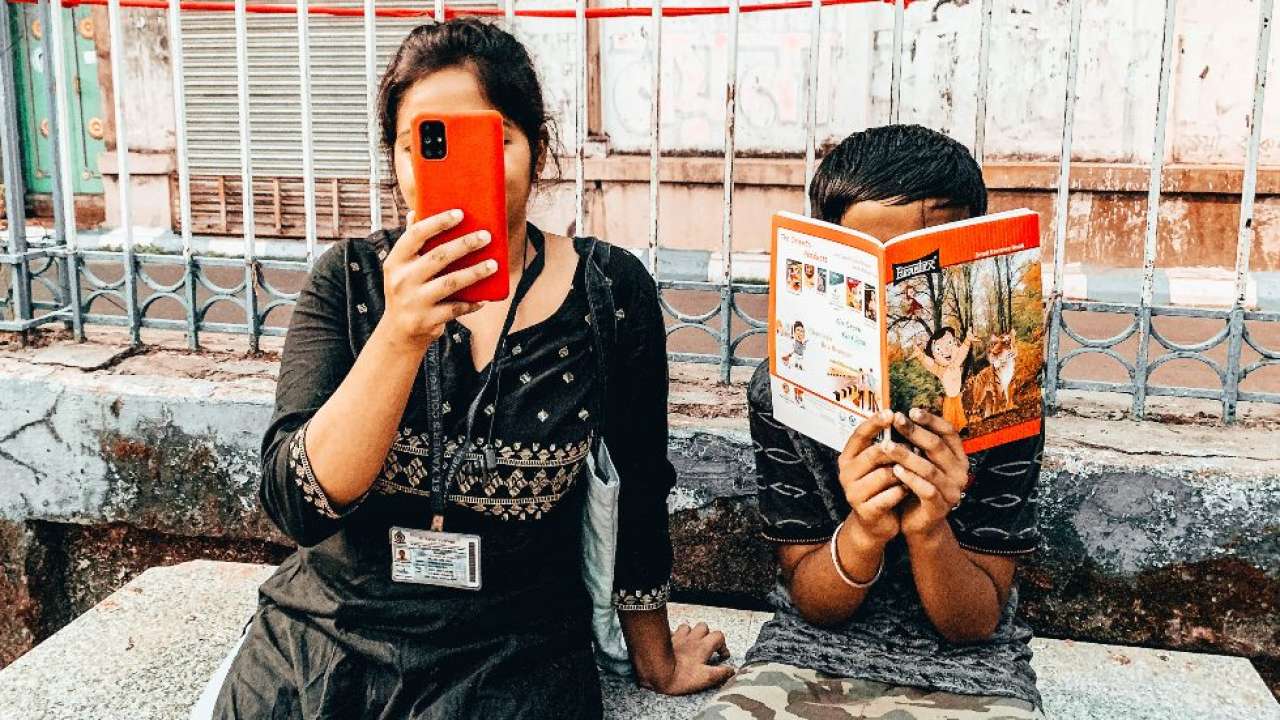
Digital Divide- this term has started to gain a lot of momentum in recent times. With the influx of the pandemic, our ignorance over this widening gap has also surfaced. Living in the internet age, it is essential for us to understand the critical role technology plays in our lives. Technology defines how we live, work, earn, learn, and grow. However, we are recently learning how underequipped we are in providing access to this technology amongst everyone. The rate at which the technology accelerates if we don’t act fast will be unable to bridge this gap.
So, what is this digital divide all about? It is the uneven distribution of access to current information and technology between different demographics and regions. So how has it been affecting different groups of people? With the “new normal” solely depending upon technology, access to accurate information and technology has become more critical than ever. Even basic needs like access to vaccines, education and reliable information amidst fake news and misinformation have begun to plague society. Families with low income, those with less formal education, rural populations, the elderly and older workers, the disabled community and the Trans community have found themselves on the wrong side of this divide. The digital divide has also spotlighted the widening gender gap when it comes to access to technology.
More than 400 million people still live without internet access. 60% of our population lives in rural areas where internet density is low and the spatial divide is enormous, compared to the internet density in urban areas (90%). The digital divide is vast in states like Bihar, Uttar Pradesh, Andhra Pradesh, etc., with very low internet use density. In terms of rural to urban ratio, only 30% to the national average of 50% have access to broadband facilities. In a gendered digital divide, the women have become more susceptible to this challenge as there is a notion that access to technology can drive them on the wrong path. The resulting digital illiteracy has also deterred women entrepreneurs to move their businesses into online marketplaces.
Even before the pandemic, the disability community had started to rely on technological accessibility, like using screen-reader or speech-to-text tools on their phones. But ever since the world began going into lockdown, the already isolated disability community experienced new levels of social seclusions due to the new digital environment. From accessing food to medications due to the lack of assistive technology offered by regular delivery apps or service providers. We need more effort in democratising digital access for people with disabilities to create an inclusive digital environment.
Due to lack of knowledge, inaccessibility to smartphones, or the internet, the transgender community has been surrounded by misinformation even regarding accessing vaccines and various other facilities where online registration and governmental identification cards are required. This double marginalisation of the trans community needs to end, especially if we are looking into constructing an inclusive utopia for everyone. Older adults have found it challenging to adapt to this new digital era. From ordering utilities and their online payments to booking cabs to using WhatsApp, they have struggled to keep up with fast-paced technological changes. In times of critical emergencies and medical crises or just to get in touch with our loved ones, the elderly group have been struggling to keep afloat. According to a survey, their problem stems not just from inaccessibility; digital illiteracy is also one of the root causes of the digital divide amongst the elderly.
However, as dire the situation may seem, everything is not all doom and gloom. The Government of India has been taking steps to close the gap by enforcing digital literacy. The Technology Act 2020 is one of many efforts put forth by the government to provide accessibility and digital literacy. But are these efforts enough to digitise India completely?
To transform the digital divide into digital inclusion, we need an excellent bandwidth of internet, at an affordable price, devices with internet access to meet everyone's needs, quality technical support, applications and digital environments that make the user self-sufficient as well as an active participant.
We can all agree that the digital divide is not just a governmental issue or any organisational issue. It is strictly a socio-economic issue, and we all have to do our part in creating India digitally inclusive. It is essential to treat digitisation as a fundamental right and work towards attaining a digitally inclusive society.
The author is a diversity and inclusion SDG Ambassador, a Tedx speaker and a Public Relations specialist.
(Disclaimer: The views expressed above are the author's own and do not reflect those of DNA.)